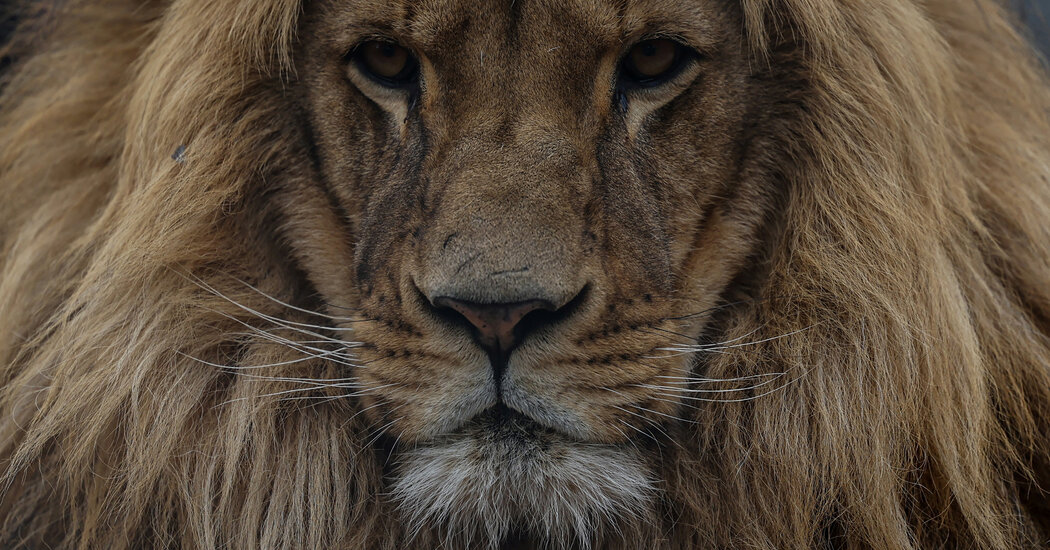Dear readers,
Every so often four French words come back to haunt me: “Elle connaît la vie.”
They seem innocuous enough: “She knows life.” But what if I told you this phrase was written by none other than Colette, announcing that a cat had lost her virginity?
It’s hard to imagine another family of mammals that captivates writerly imaginations in quite this way. Why do so many cats big and small stalk through literature, rather than, say, koalas or sheep? I think I get it. The two worst heartbreaks of my life were over Leos, and I’ve yet to encounter a single cat “owner” with healthy boundaries.
Today’s letter is an investigation of literary cats rubbing up against myth. I promise I am not taking you to Narnia or into the fetid recesses of Andrew Lloyd Webber’s songbook, but we are going to take a hard look at some memorable, otherworldly felines. Let’s pounce.
—Joumana
I’ve seen this book classified as a housewife’s revenge novel, but that description is far too prosaic for this bundle of emasculated anxiety, cross-cultural irony and lethal wit that arrives with the precision of a blow dart.
We meet Millie and Stan Binstead en route to Africa, where Stan hopes to study a lion-worshiping cult. He’s furious that Millie insisted on accompanying him; Stan would rather meet up with an old buddy and circulate with girls by the hour than mind his dowdy, mousy wife.
Self-absorbed, self-important and woefully un-self-aware, Stan is the last to realize that Millie, plucked from her demure existence back home, has somehow acquired newfound power and charisma, like a ruby tipped onto its polished side. Seemingly overnight, she becomes chic and gracious, a capital-w Woman whose company sends the serotonin of everyone around her into outer space. And that’s all before she falls in love with a lion god.
Well, a rumored lion god. By day, Henry is a hunter who has earned the respect of fellow expats and locals alike. He’s raffish, terribly brave and charming; he and Millie experience an instantaneous attraction rivaled only by that of Paula Abdul and her animated cat boyfriend in the video for “Opposites Attract.”
Meanwhile, Stan plods along in his research, and is mystified that Millie rejects his touch. We’re not: Why bother yielding to your loser husband when you can tussle with a living avatar of virility?
In her fiction, Ingalls made interspecies romance something of a calling card. Her best known work, “Mrs. Caliban,” charts the relationship between a neglected woman and a large, amphibious man named Larry. I am going to ask you to believe me when I say these conceits do not feel schticky or fetishistic, and indeed add to the richness and tenderness of the tales she spins. All good love stories require trust and leaps of faith, especially if one party has gills or a mane.
Read if you like: “The Pisces,” by Melissa Broder; “The Shape of Water”; Zozobra, the chupacabra and other geographically specific myths.
Available from: New Directions rescued this from the annals of history in a recent reissue. In an ideal world, the Lincoln Park Zoo would stock it outside the enclosures housing Jabari, Pilipili and its other regal lions.
On the subject of love: It’s impossible not to adore the two main characters of this novel, who are a marked departure from Murakami’s early heroes. A boy named Kafka leaves home at age 15 to outrun an Oedipal prophecy and recover the mother who abandoned him, while Nakata is an older man who was irrevocably harmed during a mysterious childhood incident, but gained the ability to speak to cats.
Their paths will overlap in unsettling ways as each carries out his life’s quest. The universes they inhabit are governed by fantastical, almost Lynchian rules — fish fall from the sky, forests hold immense secrets, a character named Colonel Sanders helps uncover the entrance to an alternate reality. And yes, cats play a central role in their stories of self-determination and fate.
Kafka exhibits tremendous discipline for a teenager, hewing to a strict diet and exercise regimen and spending his free time reading “The Arabian Nights” in a landmark library or sunbathing nude outside a bare-bones cabin. Nakata, who supplements his government subsidy for disadvantaged seniors by locating lost pets, is unfailingly polite in his cat interactions, taking care to open his conversations with a comment about the weather.
If you are a particularly loyal friend of the SPCA, you might find the specter of human-on-cat violence, which presents itself early in Nakata’s story, upsetting to read. I will warn you of a cat murderer named Johnnie Walker, who is hoping to transmogrify his victims’ souls into a powerful flute. (My questions are your questions.) Nakata learns of those dangers from a savvy, spoiled Siamese, who is just one of several local cats he chats up. I wish I could hold a candle to her.
These dialogues can stray into Jellicle territory — no knock against the translator, Philip Gabriel — but taking a wider view of this peculiar cosmos, occasionally inane cat talk is a minor complaint. When nearly everything in a story is a puzzle or semaphoric contradiction, plain-spoken discussions about the deliciousness of tuna come as a relief.
Read if you like: T.S. Eliot, of course; the Red Room; Erin Hunter’s “Warriors” series; onigiri.
Available from: Bus stop vending machines, libraries run by eminently understanding, kind souls.
Why don’t you …
Thank you for being a subscriber
Plunge further into books at The New York Times or our reading recommendations.

